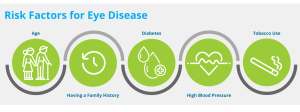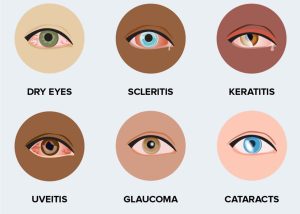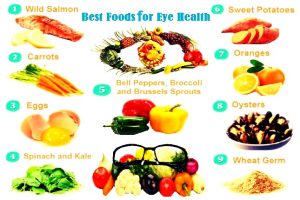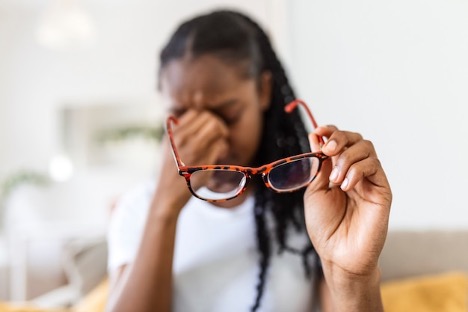According to the World Health Organization (WHO), visual impairment touches an astounding 285 million individuals across the world, with women bearing a disproportionately large share of this burden.

The inherent complexities of factors like longer life expectancy for women and unique hormonal shifts further magnify their vulnerability to eye diseases.
Predominant eye conditions, such as age-related macular degeneration (AMD), cataracts, and glaucoma, are known to have a heightened prevalence among women. This trend is particularly pronounced in regions where socio-economic challenges intersect with limited medical accessibility, making preventive and corrective eye care elusive for many.
Delving deeper into the interplay of these factors, it becomes evident that a holistic approach is paramount to address the pressing issue of women’s eye health and to mitigate its far-reaching implications.
Risk of eye diseases
 The National Eye Institute has pointed out several risk factors for eye diseases. Individuals with a family history of eye diseases are particularly vulnerable.
The National Eye Institute has pointed out several risk factors for eye diseases. Individuals with a family history of eye diseases are particularly vulnerable.
Furthermore, certain medical conditions like diabetes, obesity, and high blood pressure also increase the risk. Additionally, certain ethnic backgrounds, such as Black, Hispanic, and Native American, have been found to be more at risk.
Eye conditions
Nearsightedness, medically termed myopia, is characterized by clear vision for close objects but blurry vision for distant ones. This condition arises from an irregular eye shape which disrupts the proper focus of light on the retina. Common solutions for nearsightedness include eyeglasses, contact lenses, and in some cases, LASIK surgery.

On the other hand, farsightedness, known as presbyopia, results in difficulty focusing on nearby objects. It’s attributed to aging, where the eye’s lens becomes less flexible. Individuals usually begin to recognize its onset around the age of 40.
The treatment options for presbyopia mirror those of myopia, involving corrective glasses, lenses, or surgical procedures.
Astigmatism is another condition that affects many, caused by a misshapen lens or cornea. This irregularity can lead to blurred vision, problems seeing at night, frequent squinting, and even headaches. The correction methods are similar to those used for both myopia and presbyopia.
Professionals dedicated to eye health
The world of eye care is supported by various professionals, each with their specialized role. Don’t hesitate to visit your doctor if you suspect that you have issues with your sight.
This underscores the importance of regular eye check-ups, as many people erroneously believe that eye check-ups are only necessary when they observe a change in their vision. However, several severe eye diseases may not present noticeable symptoms in their early stages.
It is therefore advisable for adults without any pre-existing risk factors to undergo a comprehensive eye examination by the age of 40. For those above 60, annual or biennial exams are recommended.
Regular checks are also crucial for individuals with corrective lenses, a family history of eye conditions, existing diseases that can affect vision, or those on medications that might have visual side effects.
Steps towards protecting vision
 Ensuring one’s vision remains intact requires proactive measures. Adopting a nutrient-rich diet, especially one abundant in vegetables is beneficial.
Ensuring one’s vision remains intact requires proactive measures. Adopting a nutrient-rich diet, especially one abundant in vegetables is beneficial.
Regular physical activity, avoiding smoking, and using UV-protective sunglasses outdoors are also essential preventive steps.
Moreover, it’s vital to monitor and manage health conditions that might impact vision, such as diabetes and hypertension.
However, immediate medical attention is warranted if one observes symptoms like reduced vision, the sensation of a veil or curtain obstructing the sight, disturbances in vision on one side, sudden visual flashes, or an onset of double vision.
In summary, being attentive to changes in vision, promptly consulting healthcare professionals for anomalies, and prioritizing eye health through preventive measures are the keys to maintaining good vision throughout one’s life.


